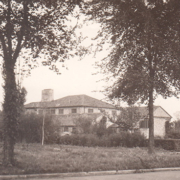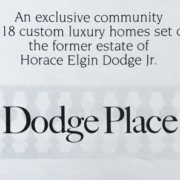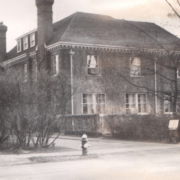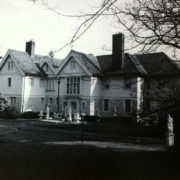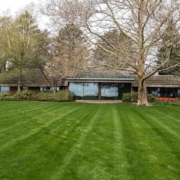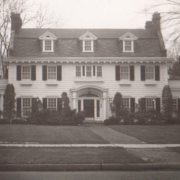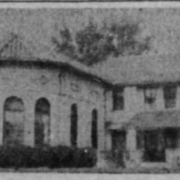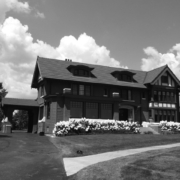Historical Architecture of Grosse Pointe – 938 Three Mile Drive
Last week we explored 16628 E. Jefferson – the sublime French Normandy style home completed in 1927, for Julian P. Bowen. The 8,974 sq ft home is arguably Wallace Frost’s most noted work in Grosse Pointe
This week we head to Three Mile Drive to take a look at number 938 – the former home of prominent Detroit architect William B. Stratton and his wife Mary Chase Perry Stratton, co-founder of the Pewabic Pottery.
William B. Stratton was one of the most influential architects in Detroit during the early 20th Century. He worked with some of the best designers in the city and often played a big part in influencing trends. It is believed William Buck Stratton first appeared in the Detroit City directory in 1889, while he was working as a draughtsman for the prestigious architectural firm of Mason & Rice. Stratton was an innovative designer and has been described as having a vigorous creative imagination. He had a reputation for staying abreast of the latest trends in commercial and residential architecture; thus allowing him to create designs that were ahead of their time. Stratton was a huge advocate of the Art & Crafts movement in Detroit, along with several others prominent architects including Albert Kahn. As part of the dedication to this movement Stratton helped organize the first and second annual exhibitions of arts and crafts held at the Detroit Museum of Art in 1904 and 1905. His work in Grosse Pointe demonstrates his diverse range and aptitude for switching between architectural styles – Stratton was very good at adapting his style to the desires of his clients. During his career, he worked with several partners, creating a number of homes in Grosse Pointe that varied extensively in style. During the 1920’s he worked on numerous commissions in the community including: 7 Woodland Place (1909), 55 Tonnancour (1911), 4 Woodland Place (1922), 365 University Place (1923), 15366 Windmill Pointe (1925), 341 Lakeland (1927), and 411 Country Club Drive (1927).
938 Three Mile Drive is believed to be an evolvement of a house Stratton had designed for his future wife, Mary, in 1912 (located at 138 East Grand Boulevard). The bungalow/craftsman style home Stratton created was an unconventional early modern dwelling influenced by the Arts and Crafts movement and was a significant departure from the general architectural style that was visible around Detroit during that era.
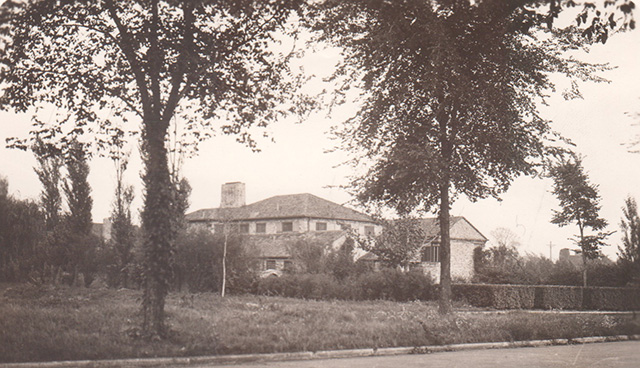
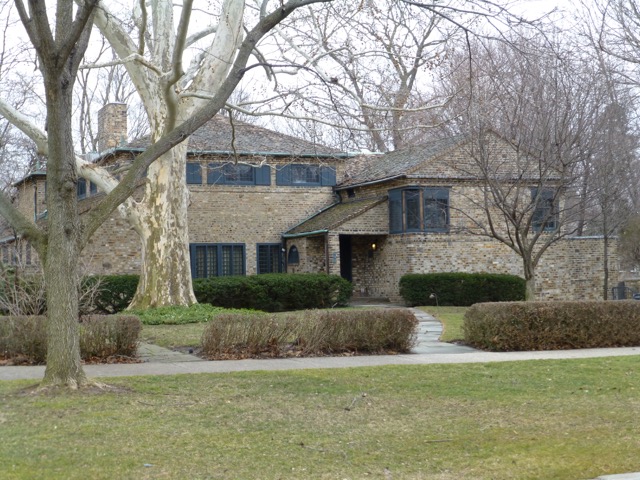
It is believed, in 1916, Mary Chase Perry began planning for a future home in Grosse Pointe and negotiated a land contract for a lot on Three Mile Drive. The Stratton’s married in 1918, however it wasn’t until 1927, when the couple’s new house was completed. It is reported many ideas from the house on East Grand Boulevard were repeated in the new property, including parts of the original layout. The house on East Grand Boulevard was carefully dismantled and elements the Stratton’s wished to re-use were moved to the new location in Grosse Pointe Park. The new residence maintained much of the original layout.
The Arts & Crafts movement inspired the Stratton’s new home. Strong modern and Mediterranean influences were also incorporated into the design. The 4,312 sq ft two-story house was constructed of brown to beige varicolored and rough finished brick with a low-pitched unglazed Pewabic tile roof. Just below the second story windows was a protruding Pewabic tile belt. It is reported the eight-inch decorative tiles were originally designed for St. Paul’s Episcopal Cathedral; Detroit (1908-11) Each tile depicts a religious theme and was glazed with varying shades of the Pewabic famous iridescent blue glaze.
The main floor is comprised of five sections – a two-level central section (25ft wide by 42 ft deep), the two-level garage and bedroom section, the one-level kitchen, a one-level library section, and a further two-level section on the northwest side of the home. The second floor features two further bedrooms, a studio, along with a sitting room. The five-bedroom home, as one would expect from Mrs. Stratton’s work, was a showcase for her hand made Pewabic tile. Much of the floor tiles were unglazed brown tiles, while the sills along many of the windows used tile glazed with rich shades of blue and green. Some of the interior walls were finished with one and a half inch cork slabs cemented directly on thick masonry walls. The 14’ x 16’ sq ft library has a reinforced concrete ceiling, and vertical gum-wood paneling on the walls, while the living room featured solid timber beams that spanned the room. Multiple tall leaded French doors were present throughout the property. In many rooms, this provided a perfect view of the stunning garden. Color photos are courtesy of: Realtor.com
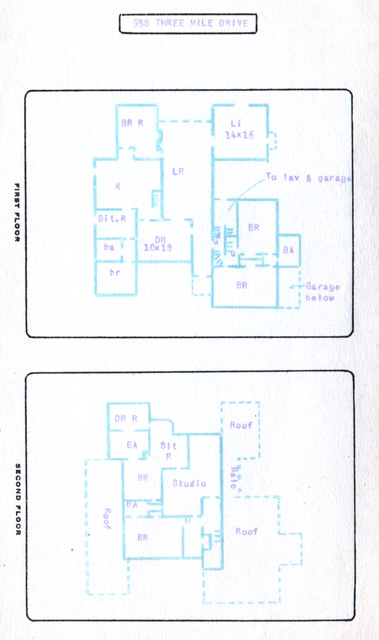
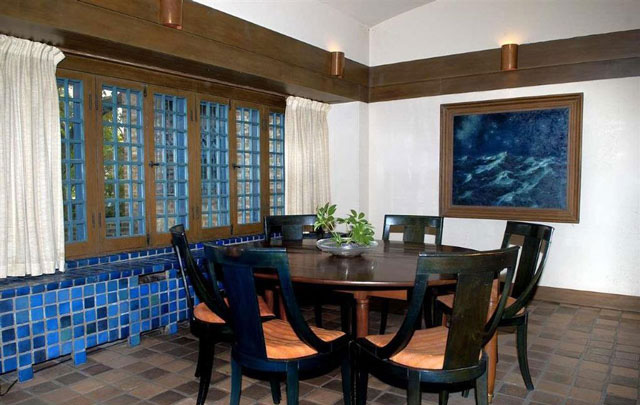
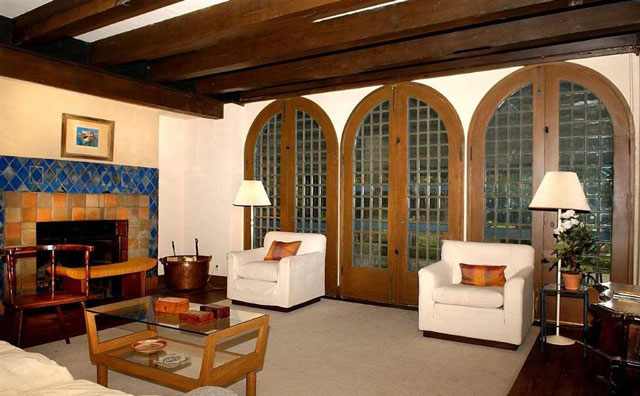
Based on the application, in 1984, by the then owners Ayers and Marilyn Morison to the National Register of Historic Places, we understand ‘the casement window in the north section facing the front portico is protected by an antique Spanish wrought iron grille given to the Stratton’s by the internationally famous art collector Charles Lang Freer. The antique front door was acquired by the Stratton’s, in 1925, from Spain. Ayers Morison and Martha H. Smith, as part of the application to nominate Stratton House to the National Register of Historic Places, took the following black and white photos. At the time Ayers and Marilyn Morison owned the property.
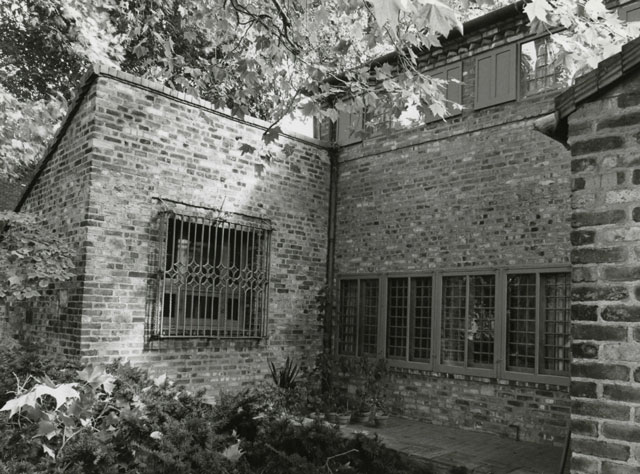
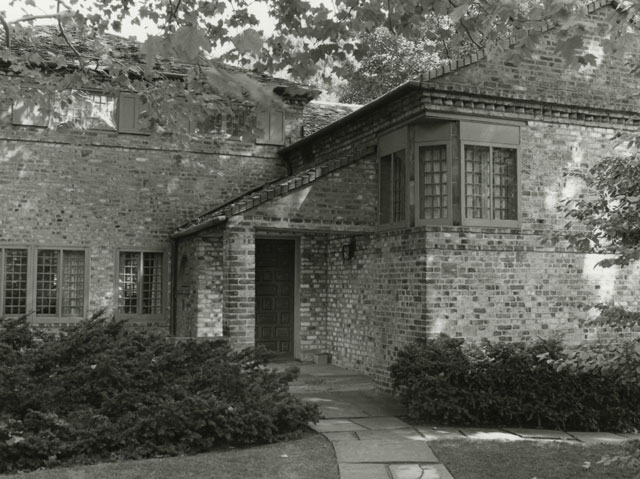
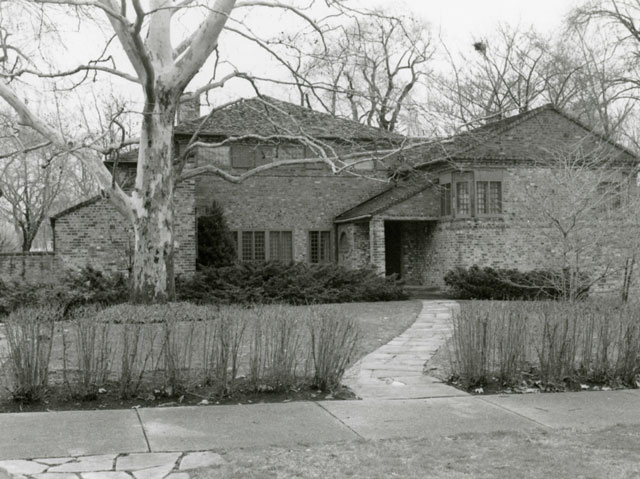
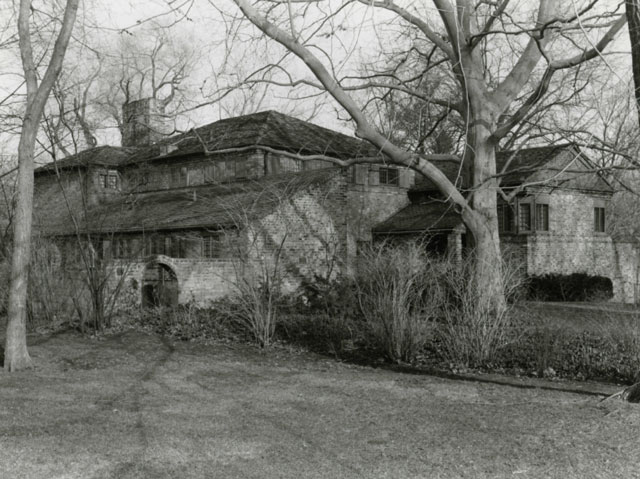
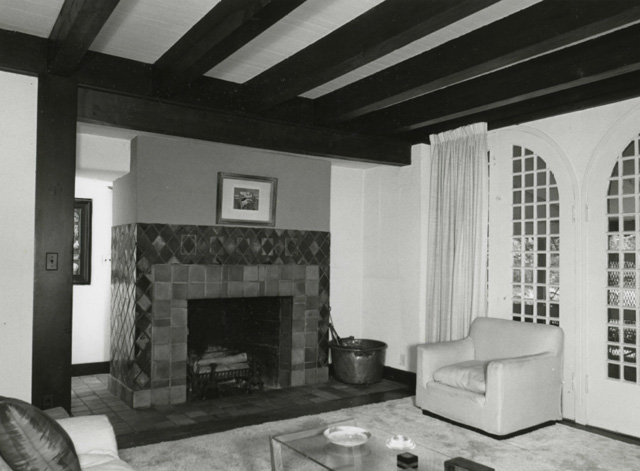
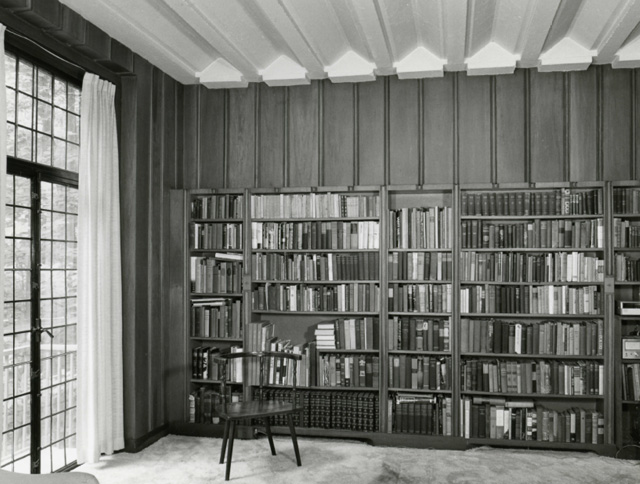
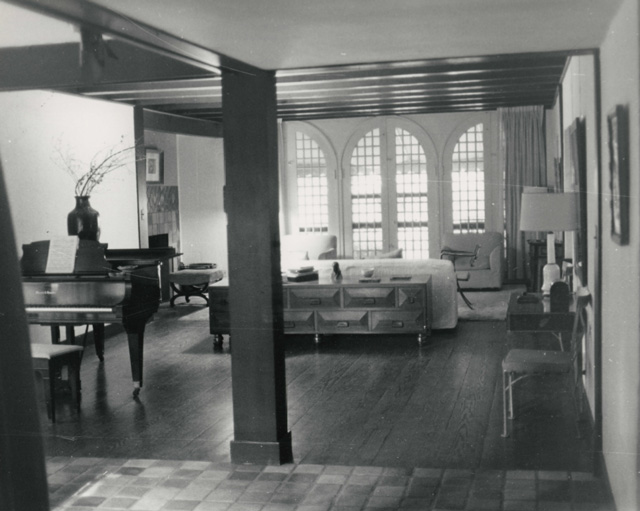

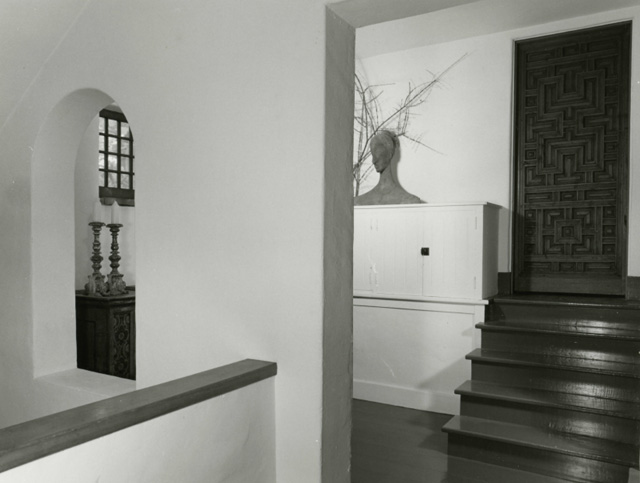
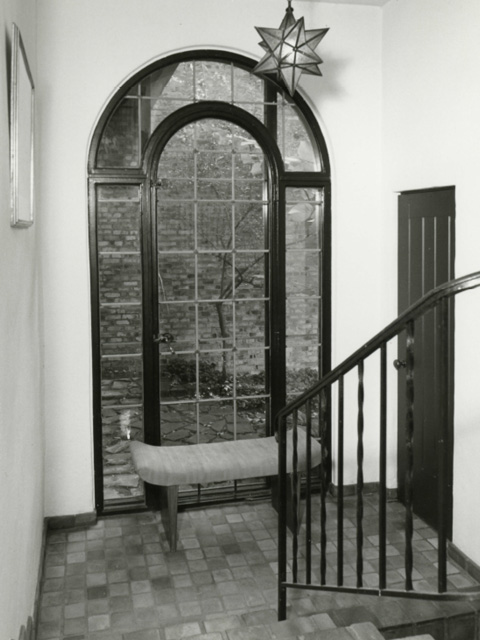
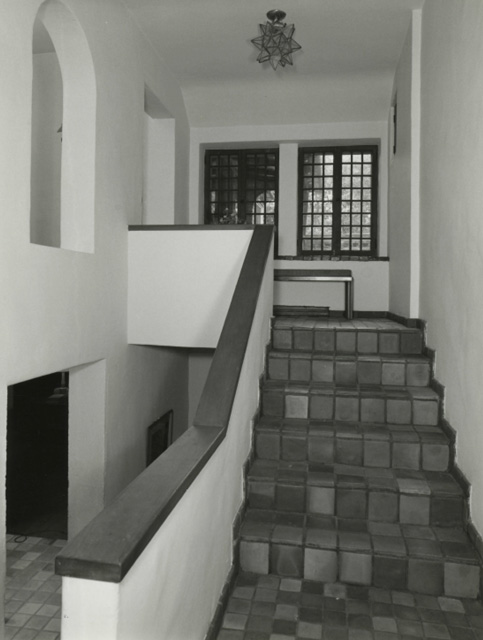
It is reported Stratton designed the house from the inside outward. ‘The house was united with the garden to define fine composition and a harmonious interaction’. Stratton hired local landscape architect Raymond Wilcox to create the garden. Wilcox’s complex design divided the garden in three parts – an orchard, a formal terrace, and the playground. The design featured an area thickly wooded with fruit trees, willow trees, a round pool, and a rock garden, along with a fountain with a band of iridescent tiles. Color photos are courtesy of: Realtor.com. Black and white photos are by Ayers Morison.
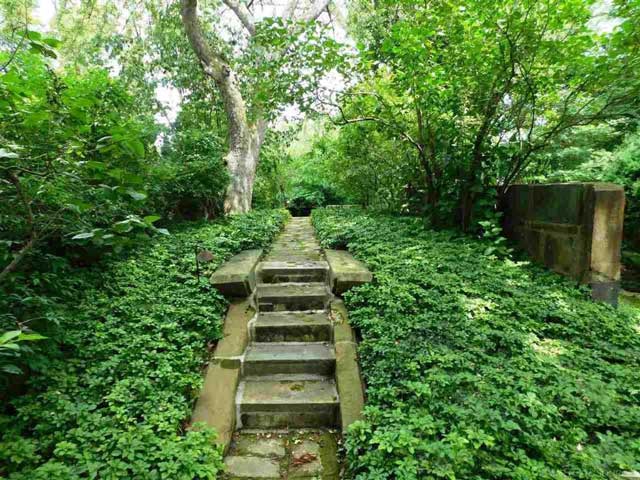
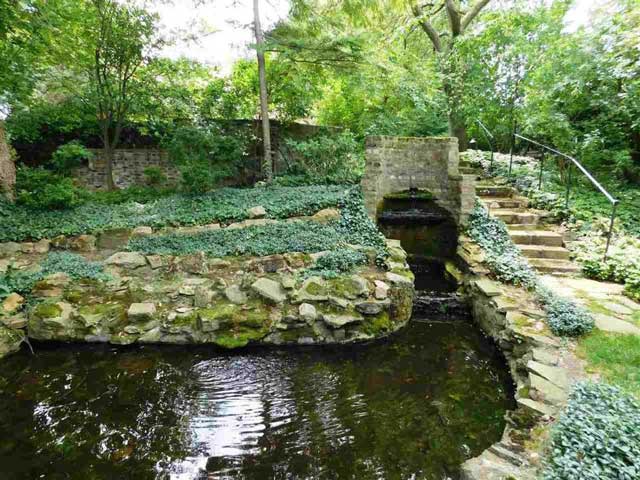
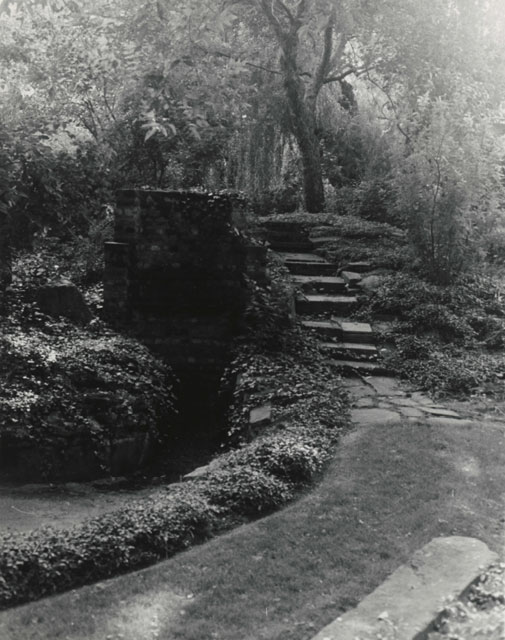

In 1936/37 it is reported the Depression forced the Stratton’s to sell 938 Three Mile Drive in order to keep the Pewabic Pottery open. A friend of the Stratton’s, Clare Brackett, reportedly bought the house out of receivership in the late 1930s. The Stratton’s purchased a home at 134 East Grand Boulevard next to the vacant lot where their first home had stood. Sadly William B. Stratton died shortly after the move. Mary Stratton passed in 1961, aged 94.
In 1984, Stratton House was listed on the National registry of Historic Places. Thanks to the creative imagination of William and Mary Chase Stratton and the dedication of the latter owners of the home, 938 Three Mile Drive remains a true work of art.
*Photos courtesy of the Higbie Maxon Agney archives unless stated.
Written by Katie Doelle
Copyright © 2021 Katie Doelle
If you have a home, building or street you would like us to profile please contact Darby Moran – Darby@higbiemaxon.com – we will try and feature the property.
(For more historical information on Grosse Pointe, visit Grosse Pointe Historical Society).

